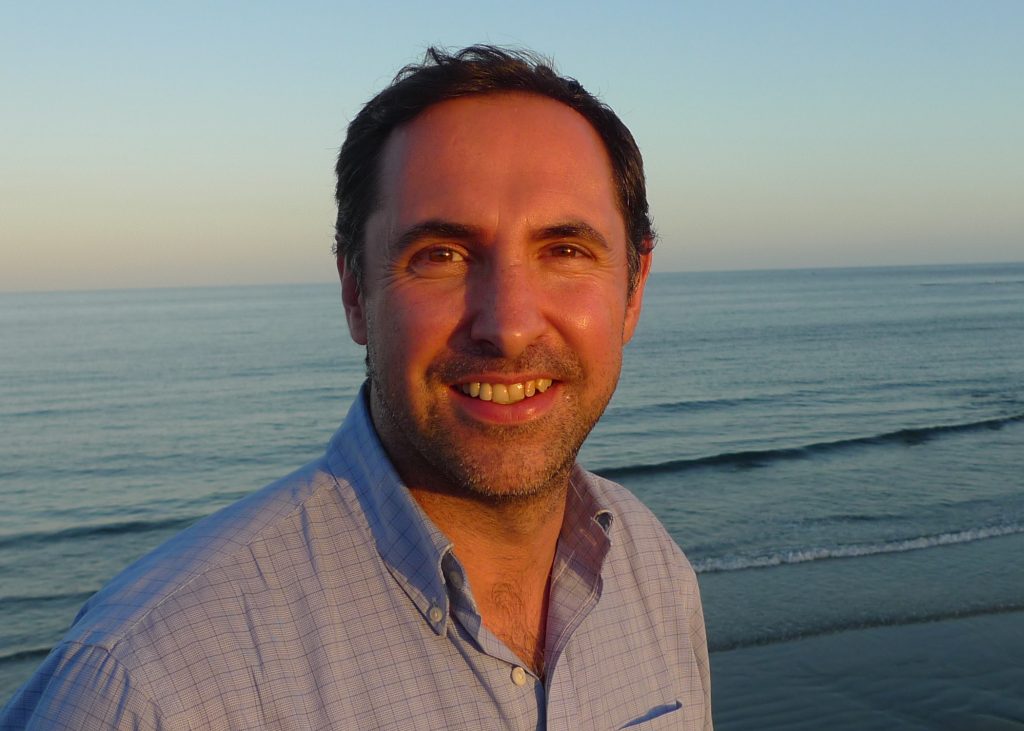
Comorian ICT regulator
I arrived in Moroni, the capital of Comoros, after a long trip which started in a Bostonian snowstorm, then a stop over in Paris to drop my winter clothes and take my scuba diving equipment, another stop over in Amsterdam, Nairobi, Dzaoudzi and finally the airport of Moroni. Right after the landing in Moroni, I went straight to my hotel for a fifteen minute rest then I went to meet my colleague Kas Kalba who was also there for a couple of days to work with me on the improvement of the international Internet connectivity in Comoros. I was glad to be in Comoros even if I was exhausted by this long journey. It was my first assignment under a World Bank grant and I am sharing the responsibility, with my local and international colleagues, to reduce the digital divide in Comoros.








